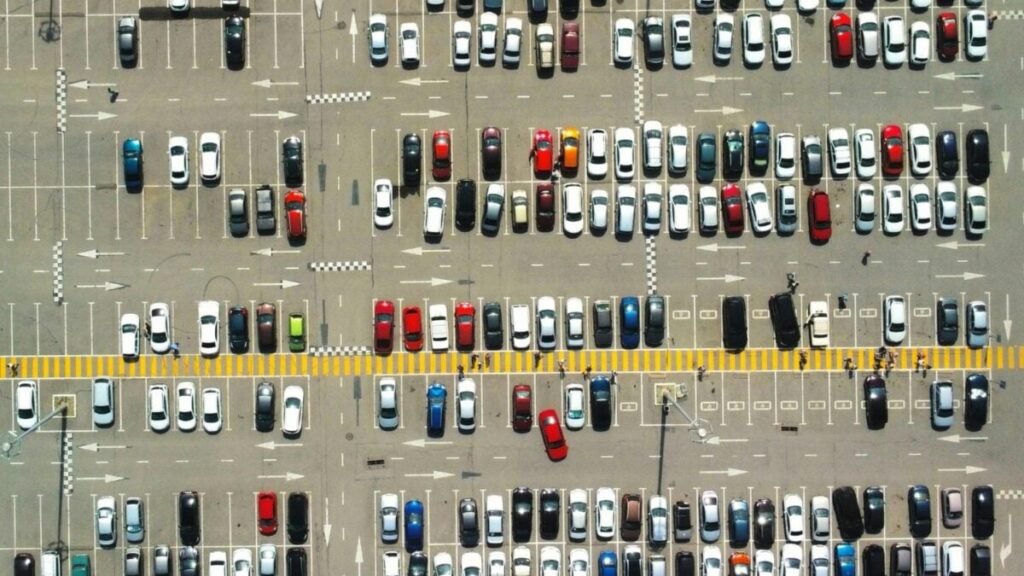The color of your car could be heating up your city more than you think!

The urban heat island phenomenon is increasingly concerning large cities. Now, a group of researchers adds an unexpected factor to the equation: parked cars. According to their findings, these vehicles act as temporary “solar panels”, increasing the heat retained in the streets, especially in dense neighborhoods.
### How parked cars become hotspots
The study, published in [source], demonstrates that the metallic materials of cars (steel, aluminum) have high conductivity and low thermal inertia. This means they heat up quickly in the sun and transmit that heat to the surrounding air. Unlike asphalt, which accumulates heat, vehicles generate immediate thermal spikes.

### Lisbon experiment: white vs. black
On July 23, 2024, two cars — one white and one black — remained exposed to the sun for over five hours with a 36°C ambient temperature. The results were clear: on the black car’s roof, the air temperature exceeded that of the nearby asphalt by 3.8°C. In the white car, the effect was almost 1°C lower, and in some points, the air was even cooler than the surroundings. The difference is explained by the albedo, meaning: white cars reflect up to 85% of the light, while black cars reflect only about 10%.

### Urban scale: thousands of cars, thousands of extra degrees
Lisbon has 91,000 parking spaces and over 700,000 vehicles circulating daily. In some dense areas, parked cars occupy up to 10% of the road surface. With such presence, the color of vehicles modifies the amount of solar radiation absorbed and amplifies urban warming.
The researchers recommend specific measures: promoting light-colored cars, applying reflective coatings in manufacturing, limiting parking in critical points, and building shaded areas in open parking lots. This includes broader strategies like reflective pavements, street trees, and green corridors that promote ventilation. Even with the rise of electric vehicles, their metallic surface still contributes to warming, so standardizing high albedo coatings in industrial design is suggested.
Source: [source]






